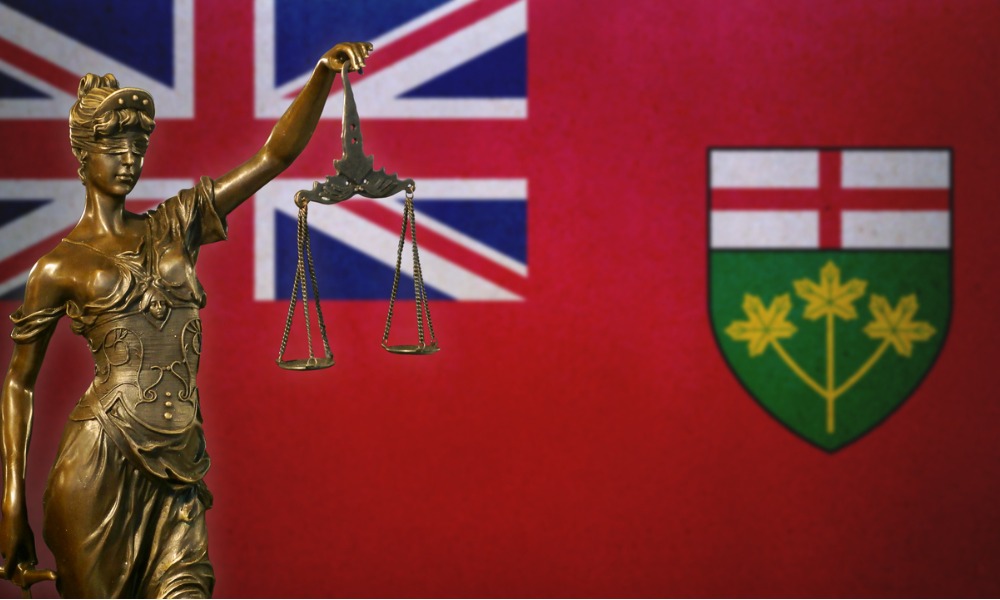An experienced legal team can advance these complex claims even years after the injury occurred

When a child is injured at birth, it can sometimes take months, or even years, to understand the full scope of the injury. Birth injuries can manifest as developmental and physical symptoms that become more apparent as the child grows.
In cases where the birth injury is caused by medical negligence, you may be able to pursue a legal action in medical malpractice. As it says on the website of Wagners Law Firm in Halifax, birth trauma litigation can be a long and complex process. However, with the help of an experienced legal team, you may be able to advance a medical malpractice claim even years after the birth injury occurred.
What is a Birth Injury?
A birth injury occurs when a child is injured during the process of labour and delivery. Birth injuries can take many different forms, and have many different causes. Some birth injuries are apparent immediately after birth and require the child to be admitted to the Neonatal Intensive Care Unit (“NICU”) or undergo surgeries to treat the injury. Other birth injuries may take time to manifest, and do not become apparent until the child begins to grow.
Commonly litigated birth injuries
Brachial Plexus Injury: an injury to the brachial plexus is one of the most commonly litigated birth injuries in medical malpractice. The “brachial plexus” is a network of nerves in the shoulder, at the base of the neck, which can become damaged during delivery. These injuries can result in a variety of symptoms depending on the severity of the nerve damage. In the most severe cases of brachial plexus injuries, the nerves can be torn free of the spinal cord and result in permanent paralysis of the injured arm.
Injuries to the brachial plexus at birth frequently occur when the delivery is complicated by shoulder dystocia. “Shoulder dystocia” means that the baby’s shoulder has become lodged in the birth canal, and the baby is unable to be delivered until the shoulder is dislodged. In cases of medical negligence, injuries to the brachial plexus are usually caused by a doctor incorrectly using a vacuum or forceps in a delivery that is complicated by shoulder dystocia, causing injury to some or all of the nerves of the impacted shoulder.
Brachial plexus injuries can result in weakness, underdevelopment, or even paralysis of the affected arm. The full scope and permanence of a brachial plexus injury is often not apparent immediately after birth, and it can sometimes take years to understand the full physical impact of the injury on the child’s physical abilities and development.
Hypoxic-Ischemic Injury: one of the most serious disorders that is commonly litigated in medical malpractice litigation is hypoxic-ischemic encephalopathy, also known as HIE. HIE is a hypoxic-ischemic injury, which is a particular type of brain injury that is caused by a lack of oxygen or blood flow to the brain. One of the first signs of impaired oxygen or blood flow to the brain is a change in the fetal heart rate, which indicates fetal distress.
When signs of fetal distress begin to manifest during labour, medical staff must act quickly to expedite delivery of the child to prevent acute or prolonged oxygen deprivation. In cases of medical negligence, HIE often arises when there are signs of fetal distress during labour, but doctors and nurses do not intervene quickly enough to prevent fetal asphyxiation.
A hypoxic-ischemic brain injury is a permanent condition that can impact a child’s neurological functioning and development, and often requires ongoing medical care and treatment for the rest of their life. Some symptoms of hypoxic-ischemic injuries are usually apparent immediately after birth since the child will often require resuscitation and ongoing medical treatment, however, the full impact of the injury on the child’s neurological development often can not be appreciated until they begin to grow. Children born with hypoxic-ischemic brain injuries often experience delays in reaching developmental milestones and require ongoing care and support for physical and/or neurological development.
What to do if your child has a birth injury
Serious birth injuries usually require extensive medical care and, in some cases, accessibility equipment, which can be very expensive. When a child is injured at birth as a result of medical negligence, it is possible to bring a legal action in medical malpractice for financial compensation that will cover the cost of care and allow your child to access the supports they need to improve their independence and quality of life.
Success in a medical malpractice action regarding a birth injury is dependent on three elements: first, that a medical professional was negligent in their care of the child during delivery; second, that the child suffered an injury; and third, that the injury was caused by the medical professional’s negligence. If you believe that your child has suffered a birth injury as a result of medical negligence, it is important to contact a medical malpractice lawyer who can help you determine whether it is likely that your case can prove these three elements.
Knowing that your child has experienced a birth injury can be overwhelming. Speaking with experienced legal professionals can provide guidance and options to help you decide if medical malpractice litigation is the right course for you.








